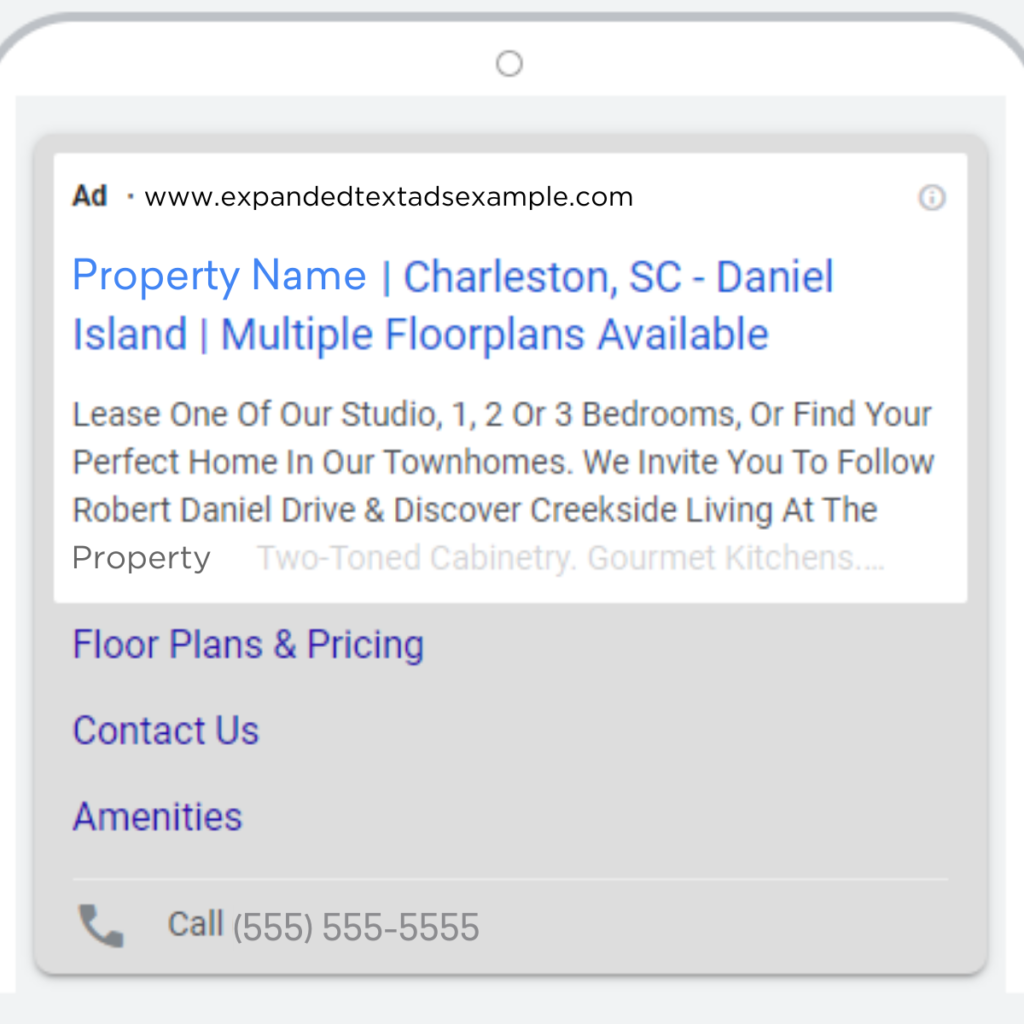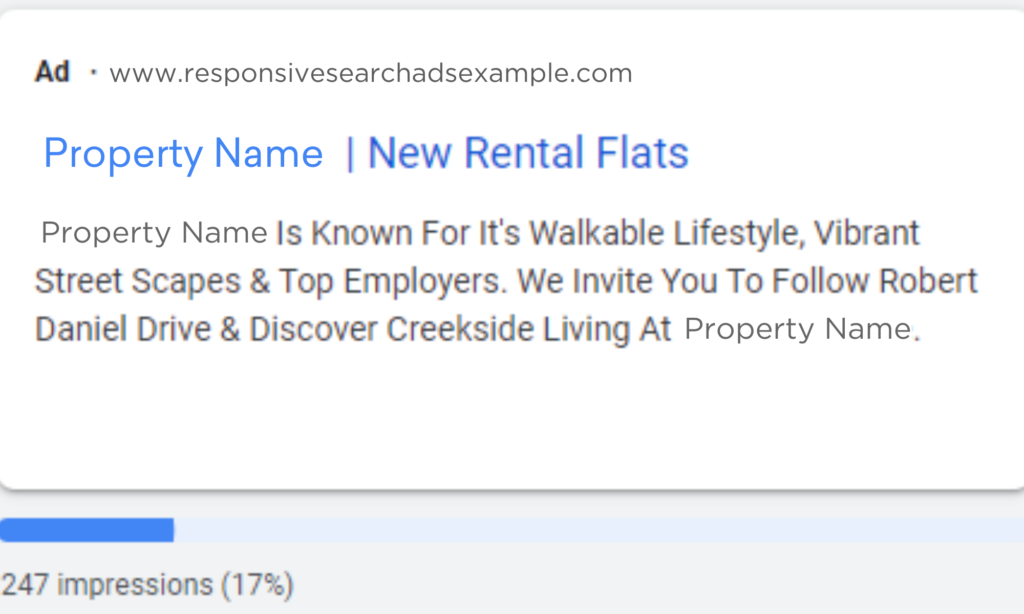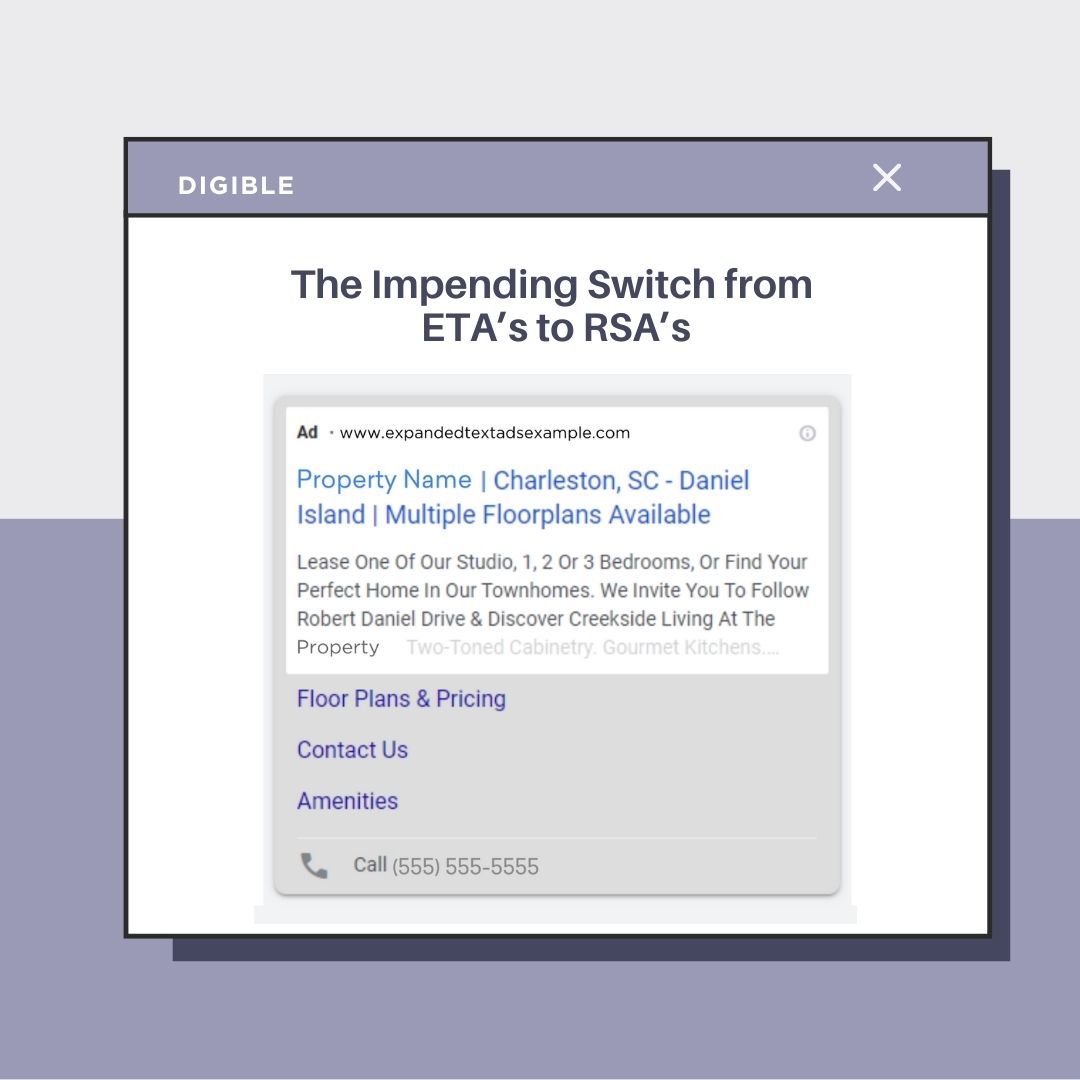The Impending Switch from ETAs to RSAs
In August 2021, Google announced its plans to sunset expanded text ads (ETAs) and enforce the mandatory adoption of responsive search ads (RSAs). That time, June 30th to be exact, is almost here, which means it’s time to switch ad strategies and focus fully on RSAs. Don’t worry though, Digibe has your back! Let’s dive into what this switch means for Google ads strategy, and performance, plus a few tips and tricks.
Starting with some definitions…
Expanded Text Ads

ETAs are quite literally what they’re called – expanded text ads. ETAs are the reinvention of the Text Ads, which came prior to ETAs and had much less ad copy real estate availability for advertisers. ETAs allowed for up to 3 headlines and 90-character descriptions, a significant improvement from what text ads offered.
Responsive Search Ads
RSAs are Google’s algorithmic ad copy offering. RSAs allow users to add up to 15 headlines and 4 description lines to a single ad variation. With all of those options, Google works its magic in the backend and tests different headlines with different description lines in order to find the best performing ad copy combinations. Essentially, you put in the ingredients and Google will serve the best variations.


What We Know
Google and Microsoft are sunsetting expanded text ads as of June 30, 2022. Due to this, users will no longer be able to create ETAs after June 30. However, already existing ETAs will continue to serve unless turned off, and it will also be possible to pause and resume ETAs already created in an account (for now), you just won’t be able to edit them. Ensure you test everything you want to test with ETAs prior to June 30th! Keep in mind, that ETAs will begin to see a decrease in impressions as the Google algorithm will favor responsive search ads.
RSA Benefits
Over the past few years, we’ve seen Google pushing more and more automation tools such as Dynamic Search Ads, bidding strategies, and smart campaigns. While there is still manual work creating ad copy for RSAs, Google will be using machine learning to automatically test the assets in different combinations and positions. While it might seem concerning to let go of some manual control, there are lots of long-term benefits:
- Diverse Learnings
- With multiple RSAs running at once, we will be able to get more learnings on what ad copy produces the most conversions and better, and more cost-efficiently, optimize towards that.
- Time Saver
- Google automatically optimizes toward and serves the best-performing assets, meaning there is no longer a need to create test after test.
- More Quality Traffic
- With the sunsetting of ETAs, RSA impressions will increase, and with that an increase in CTR, as we typically see higher engagement with that ad type.
The reality is, that the sun has been setting on ETAs for some time now as there has been a continued shift toward automation and machine learning, which is crucial for advertisers to pay close attention to.
Digible’s Approach
In preparation for the full transition to RSAs, Digible has spent the last several months prioritizing testing ad copy variations and putting together best practices for future setup. We also plan to ensure that all current ETAs are evergreen, enough to remain on without being edited. Otherwise, they might become problematic and need to be paused. We have also created a plan of action that includes strategically pinning certain headlines and descriptions in our RSAs to ensure that every ad has the vital information needed to perform successfully.
With RSAs now becoming the main ad type in Google Ads, it’s important to be proactive to ensure account health and sustainability for the future. At Digible, we always keep up to date on new innovations and are excited to be able to share new ad copy insights with our clients.
Interested in how Digible can impact your digital marketing performance? Let’s talk!








